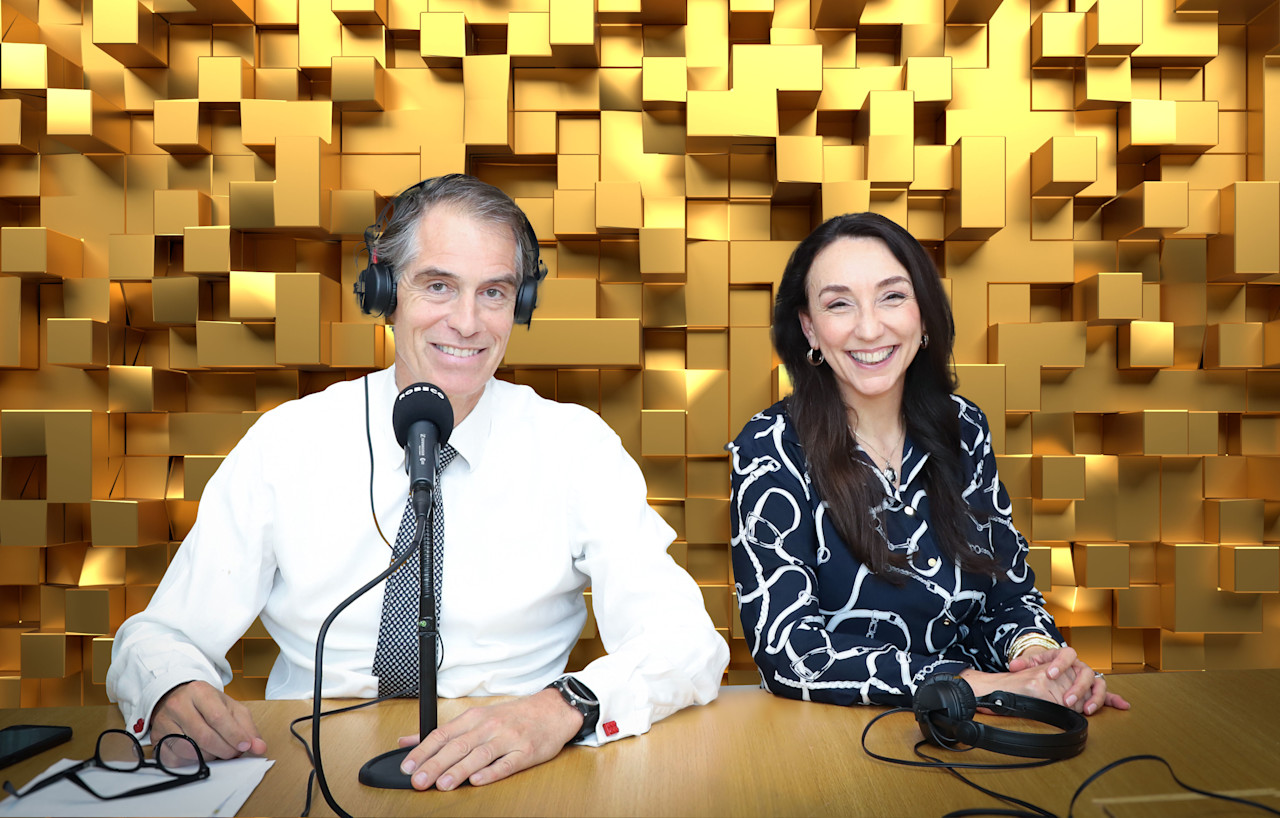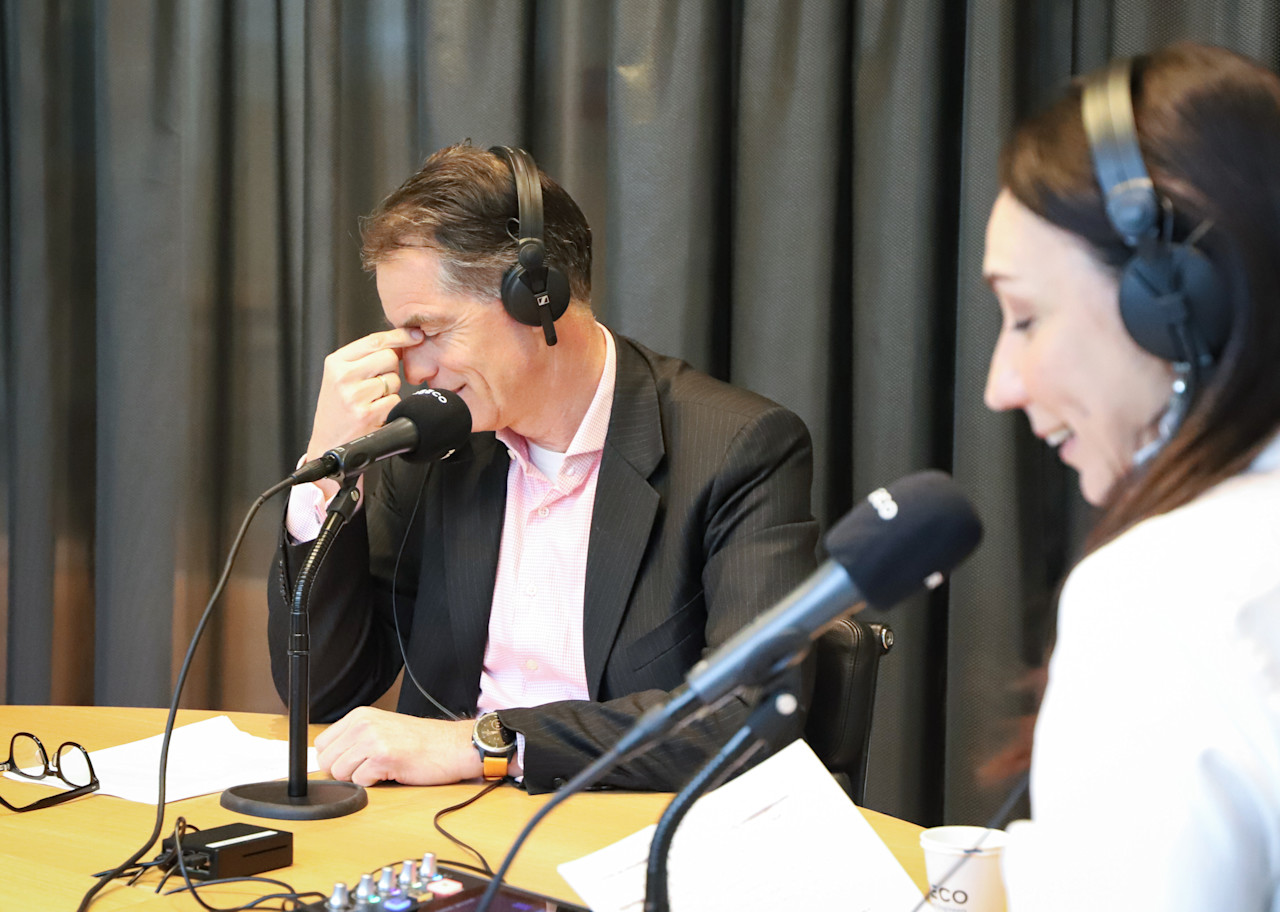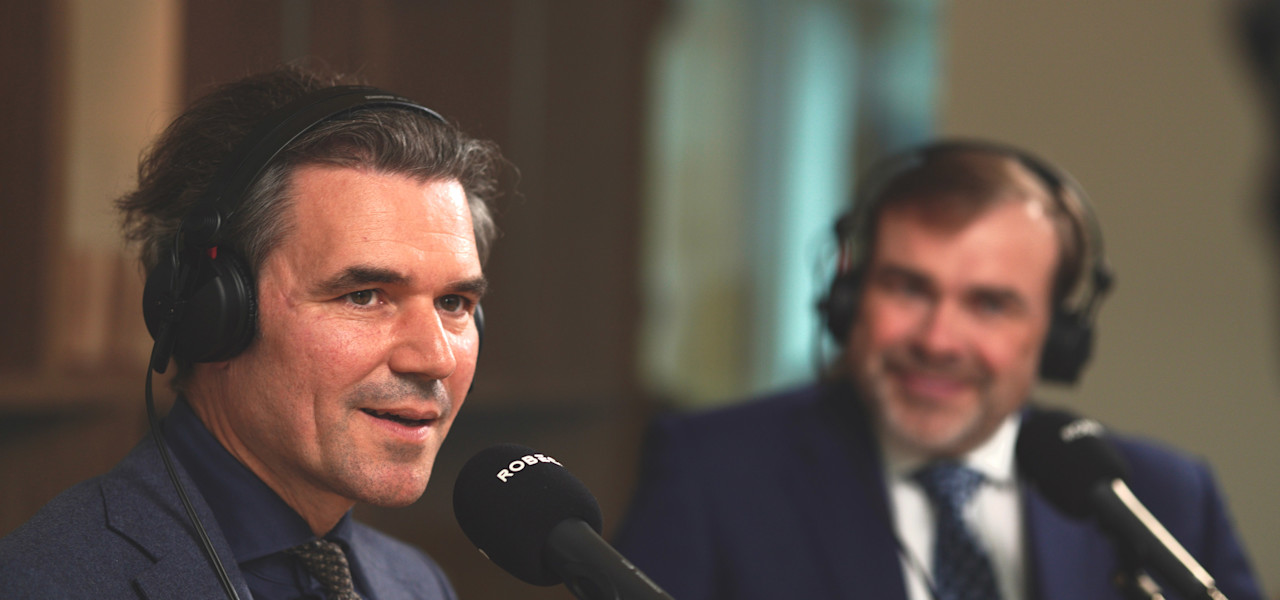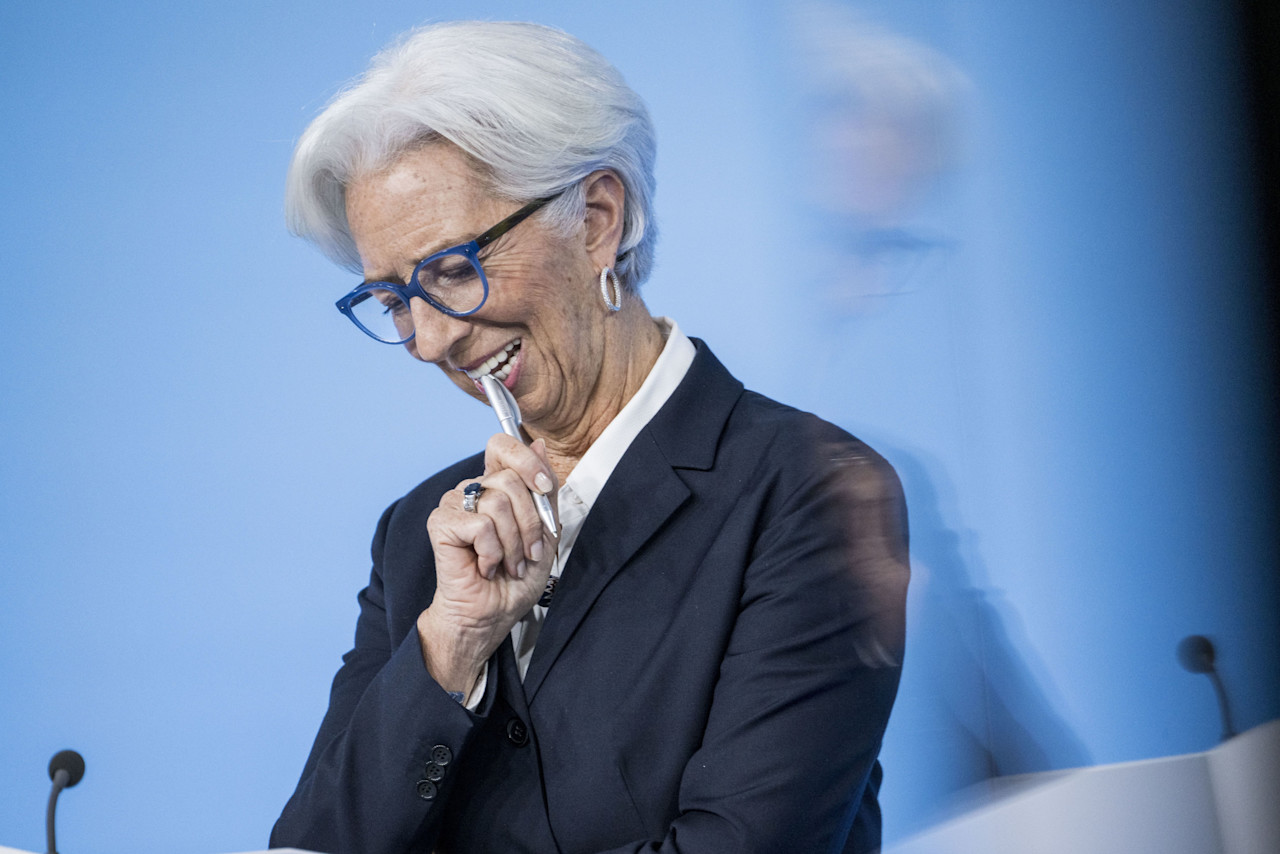

Protect yourself against rising interest rates with zero-duration
Long-term interest rates are on the rise so credit investors need to assess whether they want to hedge interest rate risk. Here we reveal how this risk can be managed efficiently with a zero-duration share class.
Sommario
- Rising interest rates make zero-duration share class interesting
- A duration hedge compensates for decreasing bond prices
- Zero-duration is a better solution than short-duration
‘How low can you go?’ was the mantra for long-term interest rates for years. But since the end of June, yields have been rising as the graph below illustrates. Rates are on the rise as government bond yields increase impacted by the possibility that US monetary stimulus has now reached its end. The US Fed has just hiked interest rates and more importantly the median dot is now showing three hikes for 2017 rather than two beforehand. US inflation expectations are also increasing as markets are focusing on the possibility of implementing fiscal stimulus in the form of lower corporate tax and infrastructure spending by the Trump administration.
In Europe, although the ECB is nowhere close to moving official rates higher there are some strong indications that the quantitative easing program will start to wind down in 2017 as Draghi prepares the market for tapering its QE program.
In this environment credit investors need to assess and decide whether the current shift in rates marks the end of historical low interest rates and that a new trend of increasing yields is setting in. If so, the need to hedge their interest rate risk exposure is vital.
10-Year government bond yields (1yr)

Source: Robeco, Barclays Live – December 15, 2016.
Bond investors are inadvertently exposed to changes in interest rates and any fluctuation will have an impact on the total return of their portfolio. Higher yields have a negative impact (bond prices decrease) while declining yields have a positive impact (bond prices rise). This exposure to interest rate movements is called duration1 and in a climate of rising rates investors should consider whether to maintain or eliminate this risk. A portfolio with long-dated bonds has a high duration while bonds with a short maturity give a low duration.
A credit fund’s zero-duration (or 0-duration) share class is an efficient way to manage this exposure. It is geared to investors who want to retain their credit exposure but want to neutralize the negative impact of a potential rise in interest rates. Robeco offers a zero-duration variant of its High Yield Bonds, Investment Grade Corporate Bonds, Financial Institutions Bonds and EURO Sustainable Credits funds that protects holders against a rise in the long-term interest rates, while they can still try to take advantage of higher credit spreads. This protection is the duration hedge. But how does it work?
The investor can still benefit from potential credit-spread tightening
Leggi gli ultimi approfondimenti
Iscriviti alla nostra newsletter per ricevere aggiornamenti sugli investimenti e le analisi dei nostri esperti.
Floating interest for fixed interest
The figure below shows the structure of the zero-duration share class. It has the same full exposure to the bond investments as the regular share class but with an overlay that protects against interest rate increases. That is the duration hedge. At Robeco duration hedging is not a side job of the portfolio manager but is left to a dedicated team of specialists (Customized Overlay Department or COM).

Source: Robeco
This duration hedge reduces interest-rate sensitivity by – simply explained – swapping the bond’s fixed rate of interest for a flexible market rate. The Robeco fund pays the fixed rate to a counterparty and receives a floating rate. The result is a lower sensitivity to interest rates. The investor can still benefit from potential credit-spread tightening, as it is only the interest rate that is hedged and not the credit-spreads on top of it that compensates investors for the credit risk.
The figure below shows the movements of a zero-duration share class in two scenarios: falling and rising interest rates. If the underlying bond portfolio value decreases as rates rise, the value of the hedge overlay increases, compensating for this loss and vice versa. However, if interest rates fall, the investor no longer benefits from the consequent rise in the underlying bond portfolio.

Source: Robeco
Short-duration versus zero-duration
Some fund houses offer short-duration funds as protection against interest rate risk. These types of funds invest only in short-dated bonds. However, such alternatives have some serious disadvantages compared to zero-duration. A short-dated bond fund has a limited investable universe, because it cannot use medium and long maturities, making it more difficult to build a well-diversified portfolio.
Another issue is the illiquidity of short-dated bonds. Because of their limited tradability transaction costs can increase. Short-duration bond funds also offer considerably lower yields than zero-duration share classes. A portfolio manager with a zero-duration strategy can also select long-duration bonds if they are attractively priced, which increases the opportunity for alpha generation.
As Robeco’s zero-duration share classes are invested along the whole interest rate curve, the interest rate risk is also hedged along the whole curve. This avoids a hedge mismatch if the relevant curve does not move in a parallel fashion. If a specific fund uses bonds in multiple currencies the overlay is also implemented in the corresponding currencies.
The graph below shows the returns of several short duration funds based on a comparable high yield strategy. It shows that the short duration variants’ returns have lagged compared with Robeco High Yield Bonds zero-duration.
Performance Robeco High Yield Bonds 0-duration and short-duration funds

Sources: Robeco, Bloomberg. Figures in EUR, gross of fees, based on net asset value. Periods shorter than one year are not annualized. Benchmark: Barclays US HY + Pan Euro HY 2.5% Issuer Cap (EUR), ex financials. The value of your investments may fluctuate. Results obtained in the past are no guarantee for the future.
A duration hedge is not a free lunch
Ultimately the duration hedging process transforms the profile of the bond fund. The duration decreases to almost zero, but there is a yield give-up. This yield give up changes over time and is dependent on the shape of relevant interest rate curves at the time. However, switching between regular and zero-duration share classes of the same fund is free of transaction costs, making it easy for investors to choose whether to hedge interest rates or not.
Footnote
1 Duration serves as a measure of interest rate sensitivity. It represents the percentage change in the price of a bond in relation to a change in specific interest rates. Duration is expressed as a number of years.





















